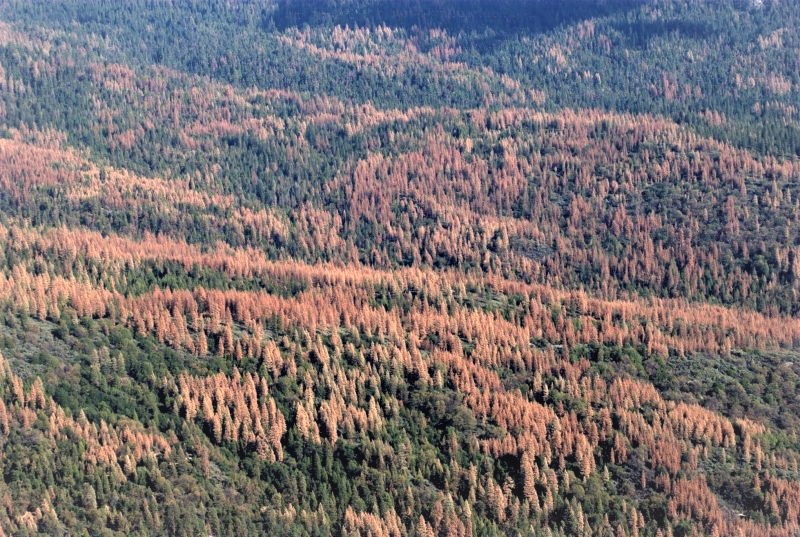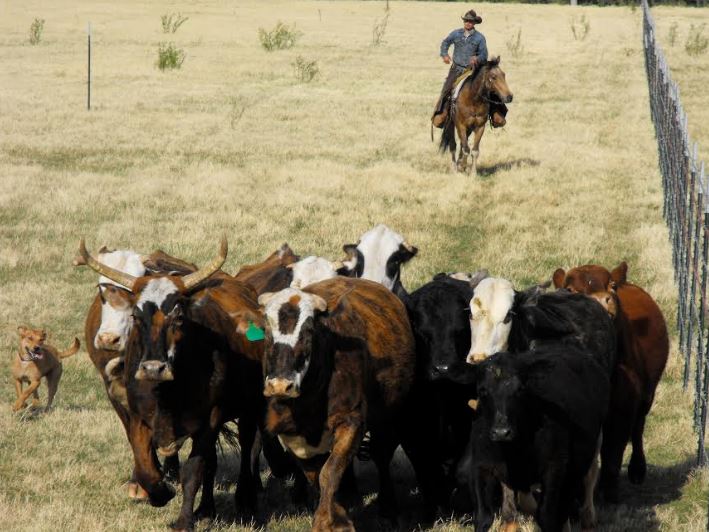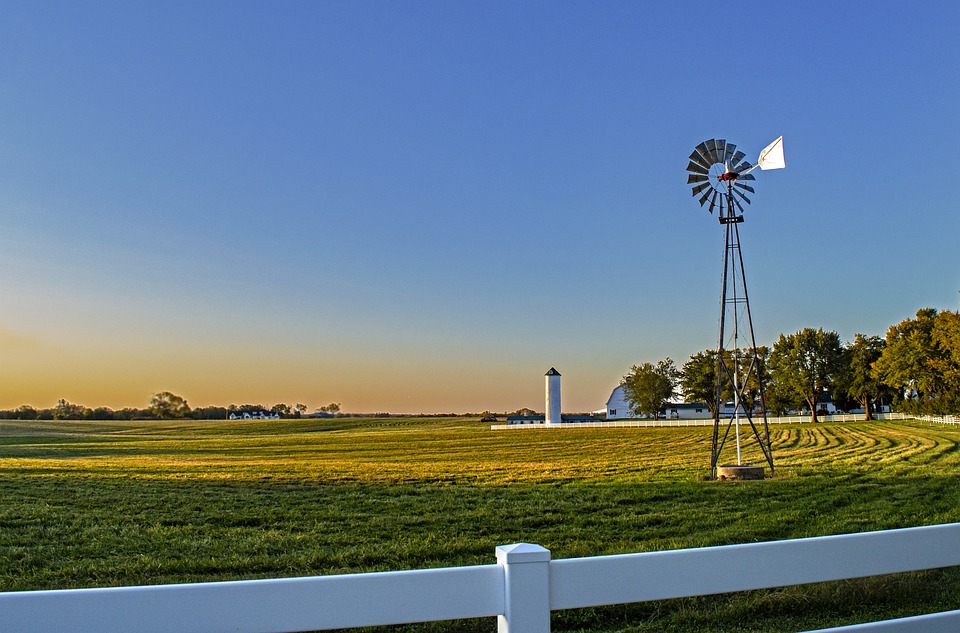Published by Washington Forest Protection Association

Carbon Storage is Reduced in Unmanaged Forests
OLYMPIA, Wash., July 28, 2023 /PRNewswire/ — WFPA says scientists are warning that U.S. forests are being destroyed by wildfire and losing their ability to absorb carbon as they become older, according to a new U.S. Department of Agriculture report.
“Healthy, managed forests, with vigorously growing trees, remove carbon from the atmosphere while simultaneously helping to prevent forest fires from becoming catastrophic,” said Jason Spadaro, WFPA executive director. “Data shows that unmanaged forests remove carbon slower and experience three times the mortality, making them more vulnerable to catastrophic wildfire which can release millions of tons of CO2 into the atmosphere in just one fire event.”
Spadaro noted that some counties in Washington are touting a hands-off approach to forest management, but they are not looking at the science and data. For example, in King County, the average age of all forests is 108 years old, and half of those forests are designated off-limits to forest management.
“According to the U.S. Forest Service’s Forest Inventory and Analysis data, this has resulted in 29 million dead trees standing in King County alone, about 10 for every person in the county,” said Spadaro. “Private landowners manage their forests responsibly for health and growth. In contrast, 70 percent of the annual growth in unmanaged federal forests statewide is dying due to decay and disease. To absorb more carbon, forests need to be healthy and growing and made less vulnerable to insects, disease, and wildfires. A hands-off approach is misguided and ultimately unhealthy for us all when forests burn catastrophically.”
Trees use carbon dioxide from the air and turn carbon into solid wood, releasing oxygen in the process. Trees that grow faster store carbon faster. By responsibly harvesting slower-growing trees and replanting them with faster-growing trees, a forest’s carbon-storing capacity is increased. The carbon in harvested trees remains in the wood throughout the product’s lifespan, turning homes, furniture, infrastructure, and other timber products into carbon vaults. It is more important than ever to look at the facts about managed forests.




